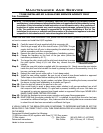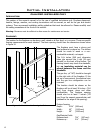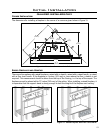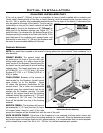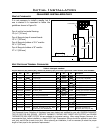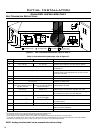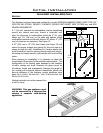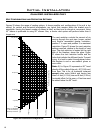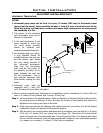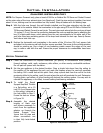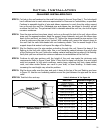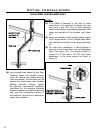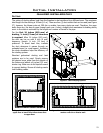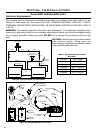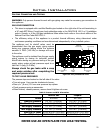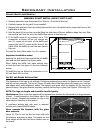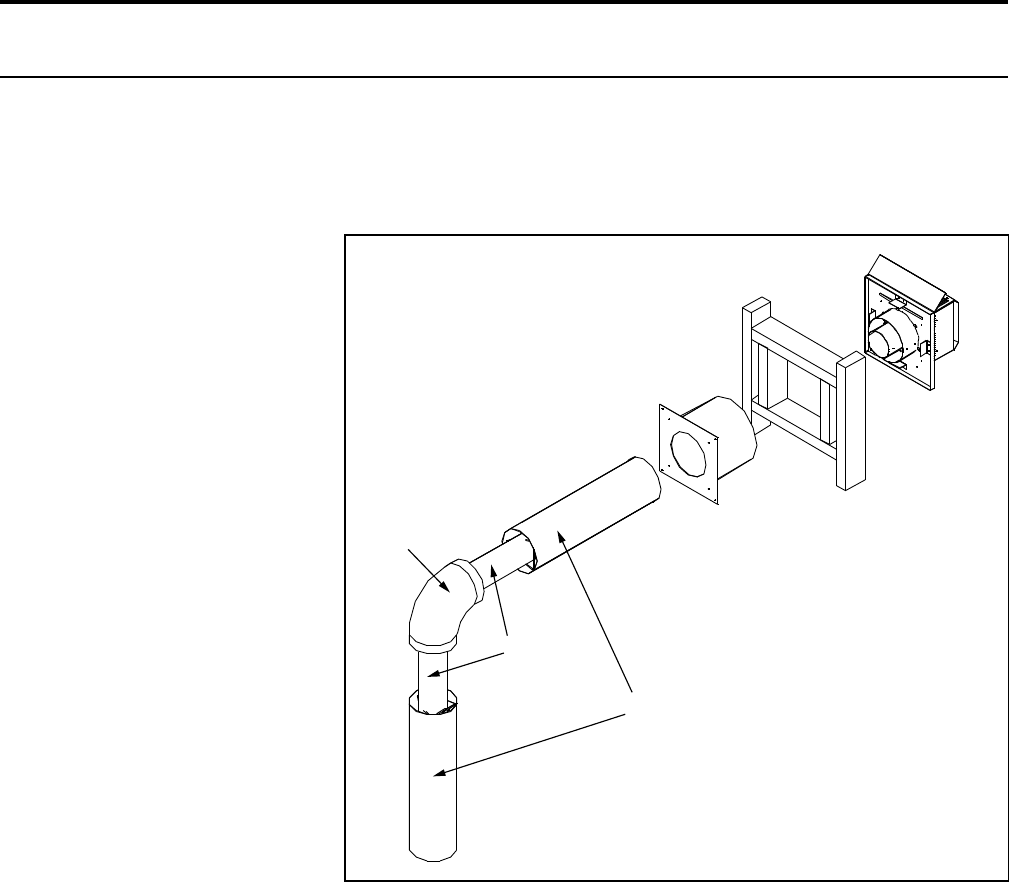
19
Wall framing
Horizontal wall
termination
Wall thimble
fire stop
Exhaust
flex pipe
Combustion air
outer pipe
Elbow
Initial Installation
QUALIFIED INSTALLERS ONLY
HORIZONTAL TERMINATION:
NOTES:
1. Horizontal pipes must not be level. For every 12 inches (305 mm) of horizontal travel
(away from the stove), there should be at least inch (6.4 mm) of vertical travel. Never
allow the vent to run downward, as this could cause high temperatures or even present
the possibility of a re.
2. The exterior of the horizontal
vent termination must not be
blocked or obstructed.
3. If the vent termination is not
being attached to wood, the
four wood screws provided
should be replaced with
material appropriate fasteners.
4. For buildings with vinyl siding,
a vinyl standoff should be
installed between the vent cap
and the exterior wall. Attach
the vinyl siding standoff to
the horizontal termination.
Note that the termination
bolts onto the at portion of
the standoff, providing an air
space between the wall and
the vent termination. The air
gap prevents excessive heat
from possibly melting the vinyl
siding.
5. Horizontal pipes must be
supported every 3 feet (914
mm). Plumber’s all round strap will sufce.
6. When running horizontal pipe, clearances to combustibles must be maintained 1 inches (38 mm)
sides, 1 inches (38 mm) bottom, and 2 inches (51 mm) top.
Step 1. Set the replace in the desired location. Check to determine if wall studs will be in the way when
the venting system is attached. If this is the case, the location of the replace may have to be
adjusted or the venting may have to be offset.
Step 2. Direct vent pipe sections are designed with special twist-lock connections. Dry t the desired
combination of pipe and elbows to the appliance adaptor.
Step 3. With the pipe in the correct position and attached to the replace, mark the wall for a 10 inches
(25.4 cm) x 10 inches (25.4 cm) square hole (see Figure 19). The center of the hole should
match the center line of the horizontal pipe. Cut and frame the hole in the exterior wall where
the vent will be terminated. If the wall being penetrated is made of a non-combustible material
(i.e. masonry or concrete) a 7 inches (17.8 cm) hole is acceptable.
Figure 22. Horizontal Vent Termination



